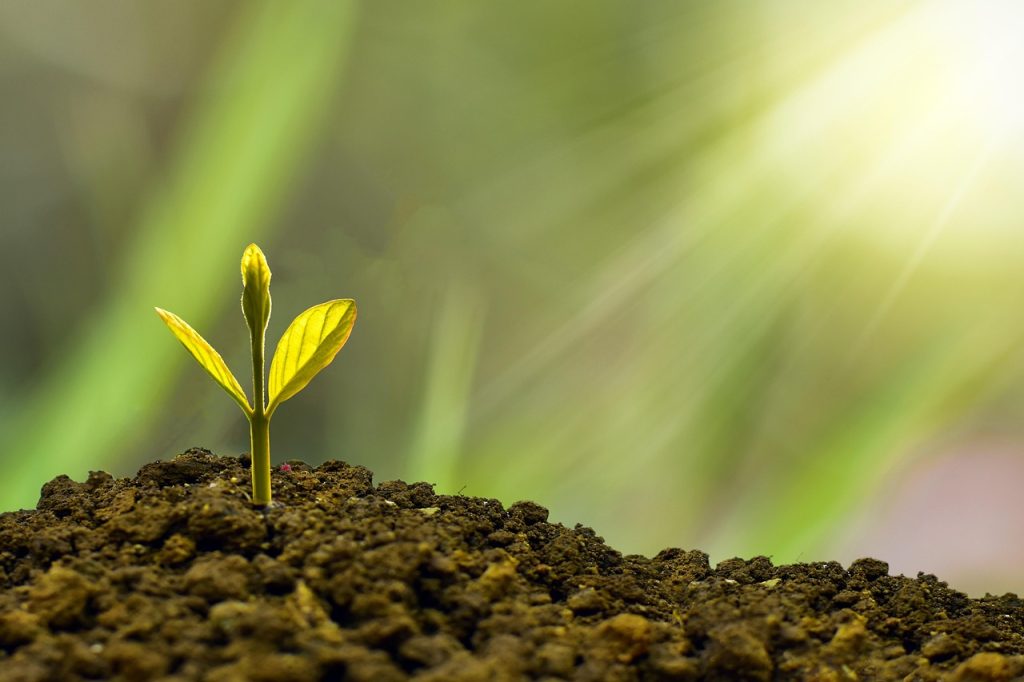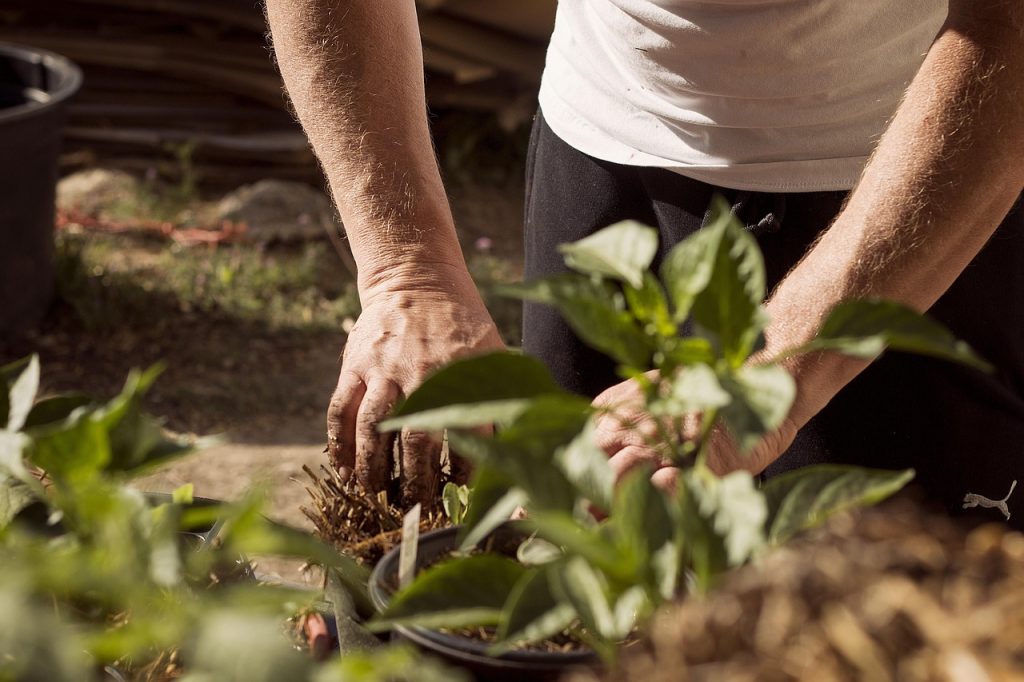Hey plant lovers! There’s something magical about watching a prayer plant fold its leaves at dusk, like it’s settling in for a cozy night. These tropical stunners, especially Maranta varieties, are stealing the show in 2025 with their bold patterns and quirky charm. Whether you’re a newbie recovering from a wilted cactus or a seasoned green thumb, these prayer plant care tips will help you keep your indoor jungle thriving. From the fiery red prayer plant to the zesty lemon lime, we’ll cover the essentials and variety-specific tricks to make your home a green oasis. Let’s dive in and bring some rainforest vibes to your space this October!

Why Prayer Plants Are Your New Obsession
Prayer plants, named for their nightly leaf-folding ritual, are more than just pretty—they’re perfect for U.S. homes. Native to Brazil’s lush rainforests, they’re topping 2025’s houseplant charts thanks to the remote-work plant boom. They’re forgiving for beginners, rewarding for pros, and purify air while adding a mood-lifting vibe. Their vibrant colors—red veins, lime streaks—pop against any decor, from cozy apartments to airy lofts.
Mastering prayer plant care indoors is simpler than you might think. They thrive in indirect light, like the soft glow of a north-facing window, and love consistent care. Whether you’re smitten with a red maranta prayer plant or charmed by a compact lemon lime, these prayer plant care tips will keep your collection lush. Ready to make your space the envy of your virtual book club? Let’s get started!
Core Prayer Plant Care Tips for Indoor Success
Let’s get to the good stuff—practical, 2025-approved advice for keeping your prayer plants happy. This year, indoor gardening trends lean into eco-friendly hacks like rainwater watering and smart pots with moisture sensors. Here’s how to nail prayer plant care indoors.
Lighting: Soft Light for Lush Leaves
Prayer plants are shade-dwellers from their rainforest roots, so direct sunlight is their nemesis—it scorches leaves faster than a summer sunburn. Aim for bright, indirect light—2-4 hours of filtered sun, like near an east-facing window. In darker homes, LED grow lights (now under $15 online) mimic natural cycles, especially during fall’s shorter days.
- Pro Tip: Rotate your plant weekly for even growth. Faded leaves? Too much light. Leggy stems? Not enough. Adjust, and colors pop back in weeks.
- Watch For: Yellowing means too much sun; stretching means too little light.
Watering: Consistent, Not Soggy
Overwatering is the top prayer plant killer, but underwatering makes them droopy and dramatic. Check the top inch of soil—water when it’s dry, usually every 5-7 days indoors. Use room-temperature water to avoid root shock, and drain saucers to prevent rot.
Bottom-watering is a 2025 favorite: soak the pot in a tray for 20 minutes, letting roots sip what they need. Filtered or rainwater is ideal if your tap water’s heavy on minerals—brown tips signal chlorine buildup.
Stick to this, and your prayer plant care will feel effortless.

Watering Schedule:
| Season | Frequency | Notes |
| Spring/Summer | Every 5-6 days | Growth spurts mean thirstier plants. |
| Fall/Winter | Every 7-10 days | Cooler temps slow water needs—check soil first. |
| High-Humidity Areas | Every 4-6 days | Bathrooms or kitchens are perfect spots. |
Stick to this, and your prayer plant care will feel effortless.
Humidity: Bring the Rainforest Home
Prayer plants crave 60-80% humidity—way above the 30-40% in most U.S. homes. Dry air, especially in winter with heaters blasting, crisps leaves like fall foliage. Boost humidity with a pebble tray (fill with water, set pot on top), daily misting, or a small humidifier timed for evenings.
This year’s trend? Group plants to create a humid microclimate, or use a propagation dome for extra moisture. For prayer plant care indoors, think steamy jungle vibes.
Soil and Potting: Happy Roots, Happy Plant
A well-draining mix is key—equal parts peat, perlite, and bark keep roots aerated. Aim for a slightly acidic pH (5.5-6.5) to unlock nutrients. Repot every 1-2 years in spring, upsizing one pot size to avoid stress.
- DIY Soil Mix:
- 1 part coco coir (eco-friendly peat alternative).
- 1 part orchid bark.
- 1 part perlite.
Terracotta pots breathe well; glazed ceramic retains moisture. Self-watering pots with reservoirs are a 2025 hit for forgetful plant parents—your prayer plant will love the steady moisture.
Fertilizing: Feed Lightly for Vibrancy
Go easy on fertilizer. From March to September, use a half-strength balanced fertilizer (10-10-10) every fourth watering. Skip it in winter to let plants rest. Organic worm castings are trending for slow-release nutrients without burn risk.
Overfeed, and you’ll get leggy growth; underfeed, and colors dull. Balance is your prayer plant care superpower.
Temperature: Keep It Cozy
Prayer plants love 65-80°F during the day, dipping to 60°F at night. Avoid drafts from vents or cold windows—sudden chills cause leaf curl. In southern U.S. states, they handle 85°F spikes fine, but northern winters need insulation, like keeping pots off cold floors.

Variety-Specific Prayer Plant Care Tips
Each prayer plant variety has its own personality, and 2025’s top picks demand tailored tweaks. Let’s dive into the stars, building on the core prayer plant care tips above.
Red Prayer Plant Care: Bold and Beautiful
The red prayer plant (Maranta leuconeura ‘Erythroneura’) rocks red veins on green leaves, a total showstopper. It’s a humidity lover, so mist twice daily in dry conditions. Water every 1-2 weeks, letting soil dry halfway—moisture meters (cheap and clutch in 2025) make it easy.
- Light Hack: Morning sun through an east window keeps reds vibrant; south-facing light fades them.
- 2025 Update: New hybrids resist spider mites better, but check leaf undersides weekly.
- Display Tip: Hanging baskets show off trailing leaves.
With solid red prayer plant care, expect bushy growth up to 12 inches.
Lemon Lime Prayer Plant Care: Zesty and Bright
The Maranta ‘Lemon Lime’ flaunts chartreuse leaves with lime veins, perfect for brightening small spaces. It loves slightly brighter indirect light than reds—try a west window with sheer curtains. Keep soil evenly moist; underwatering yellows edges fast.
Humidity at 70% is ideal—pair with a diffuser (eucalyptus oil is safe and vibes well). Stick to 65-80°F to avoid stress.
- Propagation Win: Root stem cuttings in water for easy gifting.
- Watch Out: Brown tips from tap water? Use filtered or rainwater.
- Size Note: Stays compact at 6-8 inches, great for desks.
Lemon lime prayer plant care indoors brings a burst of sunshine.
Fishbone Prayer Plant Care: Sleek and Structural
The fishbone prayer plant (Ctenanthe burle-marxii), not a true Maranta, earns its name with silver-green, fishbone-patterned leaves. It’s thirstier—water when topsoil dries, and try a self-watering pot for consistency. Bright indirect light keeps patterns sharp; direct sun bleaches them.
It tolerates 55-85°F, great for drafty homes, but needs 60%+ humidity to prevent curling.
- Soil Tip: Extra perlite for drainage-hungry roots.
- Pest Alert: Mealybugs love it—neem oil sprays are 2025’s go-to fix.
- Growth Vibe: Reaches 2 feet, perfect for floor stands.
Fishbone prayer plant care delivers elegant, architectural fronds.

Red Maranta Prayer Plant Care: Subtle Elegance
The red maranta prayer plant (often ‘Kerchoveana’) sports ruby veins on softer green leaves. It loves consistent moisture—flush soil monthly with lukewarm water to clear salts. Fertilize lightly in summer; too much dulls its charm.
Medium light prevents fading, and grouping with ferns boosts humidity naturally.
- Humidity Hack: Pebble tray plus weekly misting.
- Repot Rule: Refresh in spring to avoid root-bound stress.
- Growth Note: Slower grower, but divisions make propagation easy.
Red maranta prayer plant care indoors offers refined, low-maintenance beauty.
Troubleshooting Common Issues
Even with top prayer plant care, problems sneak in. Yellow leaves? Overwatering—ease up and improve drainage. Crispy edges? Low humidity—mist more or add a humidifier. Spider mites thrive in dry air; hit them early with insecticidal soap.
In 2025, apps like Planta will diagnose issues via photo scans in seconds. Leggy plants? Prune and propagate—turn setbacks into new plants!
Propagation: Grow More for Free
Want more prayer plants? Spring stem cuttings root easily in water or moist soil under a plastic cover. Division during repotting splits clumps effortlessly. In 4-6 weeks, you’ll have babies to share or style.
FAQs: Quick Answers to Your Questions
Every 5-7 days when the top inch of soil is dry—adjust for your home’s conditions.
Yes, but growth slows. A grow light boosts vibrancy.
Drafts or low humidity—stabilize temps and mist more.
Eco-friendly coco coir mixes and smart moisture sensors simplify care.
Mildly toxic—keep out of reach, but they’re safer than most.
There you have it—your guide to prayer plant perfection! Start small, tweak as you go, and watch your home turn lush. Got a favorite prayer plant spot? Share below—I’d love to know. Happy growing!